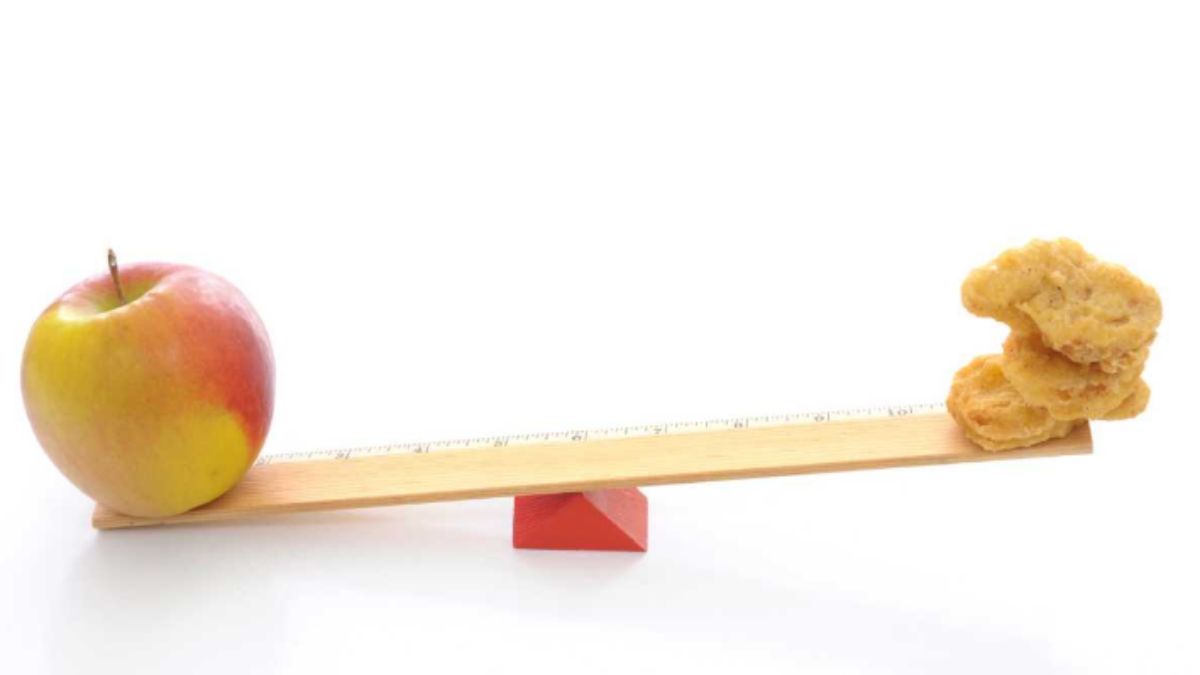Introduction
If you have ever wondered does fat get jiggly before you lose it you’re not alone. Many people notice changes in their body as they begin losing weight and ask if that wobbly feeling means anything. Understanding how fat behaves during weight loss helps you stay patient and focused on your goals. In this article, you will learn why fat might feel jiggly before it disappears and what that means for your body. We’ll also review some products and tips to support your journey.
What Causes Fat to Jiggle?
Fat naturally jiggles because it is soft and flexible tissue beneath the skin. When your body stores fat it accumulates in pockets under the skin known as subcutaneous fat. This fat tends to move and wobble when you move your muscles or change positions. It’s normal to notice this especially in areas like the belly, thighs, and arms.
Before fat is lost these pockets can feel softer and jiggle more because fat cells shrink slowly. The tissue surrounding the fat also changes making it more noticeable. So yes, fat can get jiggly before you lose it.
Understanding Fat Loss: What Happens to Fat Cells?
When you start losing weight your fat cells do not disappear immediately. Instead, they shrink in size as your body uses stored fat for energy. The amount of fat cells remains mostly constant but their volume changes. This shrinking process can cause your skin to look looser and the fat to feel softer and more jiggly at first.
This is why some people feel frustrated when their body looks jigglier even as they lose weight. It’s a normal part of the fat loss process that eventually leads to firmer muscles and less visible fat.
Why Some Fat Areas Jiggle More Than Others
Fat distribution varies by genetics, age, and lifestyle. Some parts of your body like the belly or hips store more fat and have thinner skin which makes the fat jiggle more. These areas also have more connective tissue that can affect how fat moves.
Additionally, rapid weight loss can lead to temporary sagging or jiggly fat as your skin adapts to the changing fat layer beneath. Maintaining muscle tone through strength training can reduce the jiggly feeling and improve overall body shape.
How to Reduce Jiggly Fat Effectively
To reduce the jiggly feeling during fat loss it’s important to focus on a combination of healthy eating, regular exercise, and skin care. Here are some key tips:
-
Balanced Diet: Eating nutrient-rich whole foods helps burn fat efficiently.
-
Strength Training: Builds muscle under fat and tightens skin.
-
Cardio Workouts: Helps create a calorie deficit for fat loss.
-
Hydration: Keeps skin elastic and healthy.
-
Massage and Skin Care: Can improve blood flow and skin firmness.
These strategies support a smooth fat loss journey and minimize unwanted jiggly effects.
Product Review Guide: Best Tools to Support Fat Loss and Reduce Jiggly Fat
Along with lifestyle changes, some products can help improve your skin’s appearance and support fat loss. Here’s a quick review of popular options:
-
Firming Creams: Contain ingredients like caffeine and retinol to tighten skin temporarily.
-
Body Massagers: Increase circulation and reduce fluid retention in fat areas.
-
Compression Garments: Provide support and reduce visible jiggle during workouts.
-
Fat Burners: Supplements that support metabolism but should be used with caution and medical advice.
Remember no product replaces a healthy lifestyle but they can be helpful tools in your fat loss plan.
The Role of Patience in Fat Loss and Jiggly Fat
Fat loss is not instant. It takes time for your body to shrink fat cells and for your skin to adjust. The jiggly phase is temporary and often signals that progress is happening beneath the surface. Staying patient and consistent with your habits is key.
Common Myths About Jiggly Fat
-
Myth 1: Jiggly fat means you are gaining weight
Fat can jiggle even as you lose weight due to shrinking fat cells and loose skin. -
Myth 2: Spot reduction can eliminate jiggly fat
Fat loss happens systemically, not in one spot. -
Myth 3: You can firm jiggly fat overnight
It takes time and consistent effort to reduce jiggly fat and improve muscle tone.
Summary of How Fat Gets Jiggly Before You Lose It
In short fat does get jiggly before you lose it because fat cells shrink slowly and skin adjusts at its own pace. This phase is normal and temporary. Combining healthy eating with exercise and supportive products helps reduce jiggly fat faster and improves overall results.
FAQ Section
Q1: Does fat always jiggle before you lose it
A1: Most people experience some jiggle as fat cells shrink but the intensity varies by individual and body area.
Q2: How long does the jiggly phase last
A2: It depends on your weight loss speed, age, and skin elasticity but usually a few weeks to months.
Q3: Can strength training reduce fat jiggle
A3: Yes building muscle underneath fat firms the area and reduces visible jiggle.
Q4: Are creams effective for tightening jiggly fat
A4: They offer temporary improvements but should be combined with lifestyle changes.
Q5: Why does loose skin feel jiggly after fat loss
A5: Skin takes time to shrink and adjust after fat loss, causing a temporary jiggly feeling.
Q6: Is jiggly fat a sign of poor health
A6: No it’s a natural part of fat loss and not an indicator of health problems.
Q7: Does age affect how jiggly fat feels
A7: Yes skin elasticity decreases with age making jiggly fat more noticeable.
Q8: Can hydration improve the appearance of jiggly fat
A8: Staying hydrated supports skin health and elasticity which reduces jiggle.
